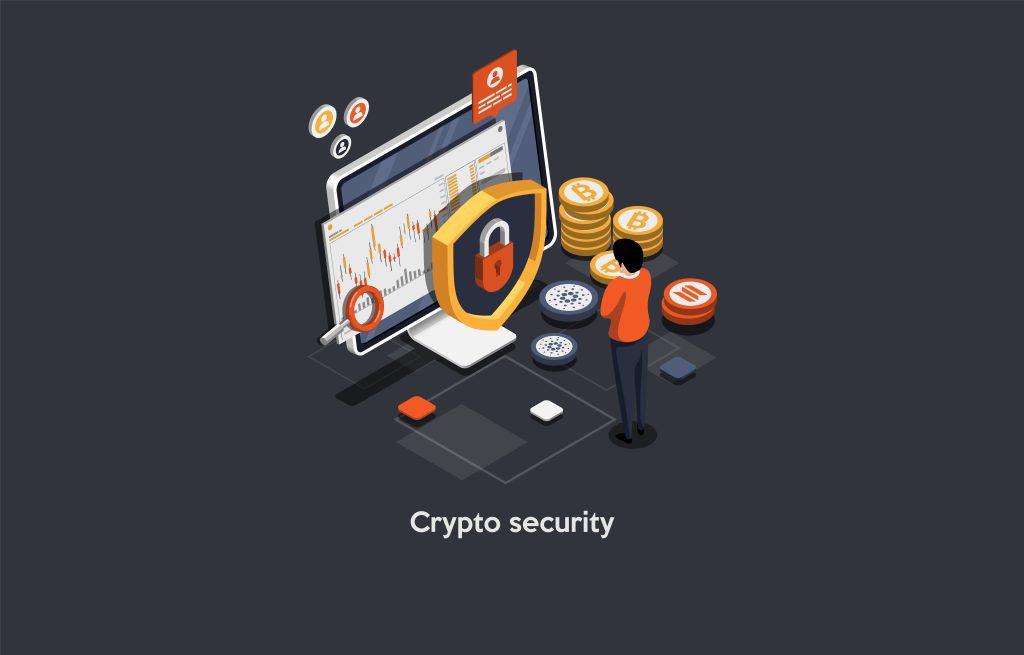GameFi, the innovative trend that combines game mechanics with cryptocurrency technologies like NFT and DeFi, is rapidly evolving. It offers exciting money-making opportunities for investors, players, and major companies alike. However, blockchain games also face limitations and security risks that can affect their future in Web 3.0. In this article, we’ll delve into the top security issues in blockchain games and how to navigate them.
Exploring the Top 5 Security Issues in Blockchain Games
Blockchain technology offers several built-in safety features, but the growing market still faces security-related problems. Here are the five significant factors causing issues in the blockchain security sphere:
1. New Blockchain Exploitation Methods
Blockchain has introduced new exploitation tools and techniques, giving rise to a new category of cyber threats specific to digital ledger networks. Some examples include cryptojacking, rug pulls, flash loan attacks, and 51% attacks.
2. Not all Digital Ledgers are Equal
Different blockchain architectures come with their unique security tradeoffs. As a result, various structures and components incorporate security risks differently. Private vs. public blockchains and diverse network configurations are just a few examples.
3. Cybersecurity Skills Crisis
The cybersecurity landscape faces a significant talent shortage, which is even more pronounced in the digital ledger security space. There are very few cybersecurity specialists with the required expertise to understand and handle the emerging security risks of Web3.
4. Lack of Blockchain Games Regulation
While regulation might slow down innovation, it can ultimately benefit security and novel technologies. The current market suffers from fragmentation, leading to companies, products, and consortia operating under different regulations and protocols. This makes it difficult for game developers to learn from others’ mistakes and vulnerabilities.
5. Human Factor Risks
Many recent blockchain-related attacks have not targeted the technology itself, but rather the human vulnerabilities surrounding it. For instance, stolen private keys were likely the cause of the $73 million breach suffered by crypto exchange Bitfinex in 2016. Endpoint vulnerabilities, developer incompetence, and inaccurate data input are additional risks that must be addressed.
Tackling Vulnerabilities in ERC-20 Tokens, NFTs, and Bridges


Blockchain games often utilize ERC-20 tokens, NFTs, and cross-chain bridges. Each of these components can introduce security vulnerabilities.
ERC-20 Tokens
ERC-20 tokens are widely used in GameFi projects as virtual currencies. Improper minting and management can introduce vulnerabilities, such as reentrancy attacks during the minting process.
To minimize reentrancy attacks during the minting process, projects must ensure that the logic of their codes is robust and that they strictly control the total supply of ERC-20 tokens. Implementing proper checks and balances, as well as conducting thorough audits of smart contracts, can help safeguard against such attacks.
NFTs
Non-Fungible Tokens are used as in-game virtual assets in GameFi projects like Dragonary. However, improper use can introduce security vulnerabilities, such as weak random sources during the minting process, reentrancy attacks during transfers, and risks related to metadata storage.
To reduce the risk of weak random sources during the NFT minting process, developers should utilize reliable sources of randomness like Chainlink VRF. Additionally, monitoring user behavior and implementing strict controls during the minting process can help detect and prevent attempts to exploit the system.
When it comes to transferring NFTs, developers must be aware of potential smart contract vulnerabilities, such as reentrancy attacks. To mitigate these risks, projects can use security best practices, like implementing reentrancy guards and following secure coding guidelines.
Bridges
Cross-chain bridges in GameFi enable users to exchange in-game assets across different networks. One major risk involves inconsistencies among in-game assets due to loopholes in the contracts for verifying and accounting.
To avoid inconsistencies among in-game assets due to loopholes in the contracts for verifying and accounting, developers should employ rigorous testing and auditing of the smart contracts. This will help ensure that the same amount of assets is accepted and burned on both sides of the bridge.
Strengthening Off-chain Security in GameFi Projects
Many GameFi projects rely on off-chain centralized servers, which can be vulnerable to malicious attacks. Strengthening off-chain security is crucial to safeguard critical information like game data and owner accounts.
Securing NFT Metadata Storage
When dealing with NFT metadata, using decentralized infrastructure like IPFS instead of centralized servers can help protect against tampering. This approach ensures that metadata remains tamper-proof, preserving players’ rights and maintaining the integrity of the in-game assets.
Protecting Cross-chain Bridges
To prevent attacks on cross-chain bridges, developers should secure validators’ signatures and private keys. This can be achieved by implementing robust access controls, monitoring for phishing attacks, and educating validators about potential threats.
Safeguarding Data Transmission and Front-end Interfaces
Ensuring secure data transmission and front-end interfaces can help protect against network packet hijacking, false top-ups, and information leaks. Developers should employ encryption, secure communication protocols, and robust authentication methods to minimize these risks.
Conclusion
Understanding and addressing these top 5 security issues in blockchain games is critical to maintaining the security and integrity of the industry. By staying informed about emerging threats, investing in proper security measures, and advocating for standardized regulation, blockchain games can continue to flourish in the evolving world of Web 3.0.









